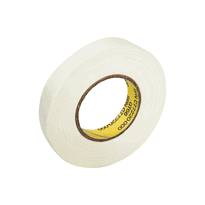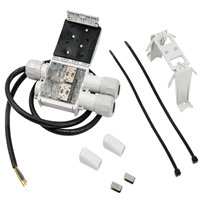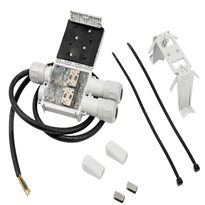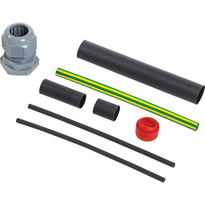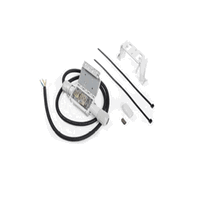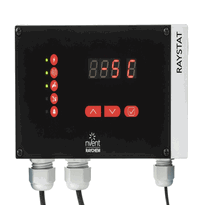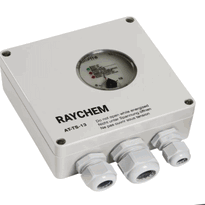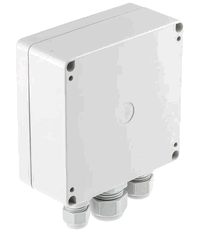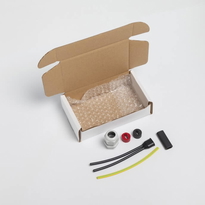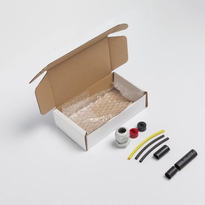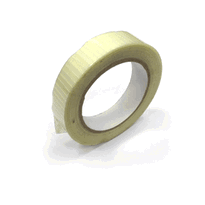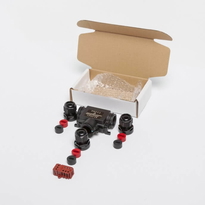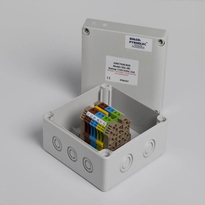Heat Tape for Hot Water Pipes
Heat tapes designed for hot water pipes in the UK are generally either self-regulating or constant wattage types. The appropriate choice depends on factors such as pipe material, length, and ambient temperature conditions.
Proper installation is essential for safety and efficiency. Begin by thoroughly cleaning the surface of the pipe to ensure good adhesion. Wrap the heat tape in a straight line or a spiral pattern without overlaps, maintaining a consistent distance around the pipe. Secure the tape in position every 15 centimeters using insulation tape to prevent movement and ensure even heat distribution.
For safety, always position the plug near a suitably rated GFCI (ground fault circuit interrupter) outlet. This helps reduce electrical hazards in damp or humid environments.
Adding insulation around the heated pipe and tape further enhances energy efficiency by reducing heat loss. Regular maintenance and inspection are recommended to identify any damage or deterioration, ensuring reliable operation over time.
Considering these factors will optimize the safety, efficiency, and longevity of your hot water pipe heating system.
Choosing the Right Heat Tape for Your Plumbing Needs
Choosing the right heat tape for your plumbing needs requires an understanding of the specific heating and safety requirements, as these factors vary depending on the pipe material, climate conditions, and intended use.
Self-regulating heat tapes adjust their output based on ambient temperatures, improving energy efficiency and reducing risks of overheating. This makes them ideal for areas with fluctuating temperatures.
Non-regulating, or constant wattage tapes, provide continuous heat regardless of external conditions. While they may increase energy consumption, they offer reliable protection against freezing pipes.
Silicone rubber heat tapes are suitable for piping up to 230°C, resist chemicals, and often come equipped with thermostats and grounding for safety.
Fiberglass-insulated tapes can support higher temperatures, up to approximately 482°C, making them suitable for more demanding applications.
Samox tapes can withstand extreme conditions, reaching up to 760°C, which makes them appropriate for industrial environments.
Proper selection of heat tape is essential to ensure safe and effective freeze protection, tailored specifically to the type of pipe and environmental conditions. Using the right insulation materials and installation techniques helps prevent damage and maintains the integrity of your plumbing system.
Proper Installation Techniques for Safe and Efficient Heating
Proper installation of heat tape is essential for ensuring both safety and optimal performance in freeze protection. The process begins with thorough surface preparation, including cleaning pipes to remove dirt, dust, moisture, and inspecting the tape for any damage. Cleaning the surface also helps improve heat transfer efficiency and ensures the adhesive or fasteners secure properly. Accurate measurement of pipe length, diameter, and configuration helps determine the most suitable heat tape for the application. Environmental factors, such as exposure to moisture or chemicals, influence installation choices, with aluminium foil wrapping on plastic pipes improving heat distribution. The following steps guide an effective installation:
1. Position the plug end of the heat tape near the power outlet for safety and easy accessibility.
2. Run the tape along the entire length of the pipe, ensuring complete coverage, particularly in areas beneath ground level if relevant.
3. Secure the tape at approximately 15-centimeter intervals using appropriate electrical insulation tape.
4. Wrap around pipes employing spiral or straight methods, avoiding overlaps, and add insulation afterwards to enhance overall efficiency.
Proper installation techniques can also reduce the risk of fire hazards or electrocution, ensuring compliance with safety standards. This meticulous approach promotes safe, reliable, and efficient freeze protection for your piping systems.
Ensuring Optimal Performance and Maintenance of Heat Tape Systems
Routine inspections should be carried out annually, preferably before the cold seasons commence. During these checks, look for visible damage, deteriorated insulation, or cracks in the tape. It's important to ensure that the heat tape is securely fastened, without overlaps or kinks, to promote efficient operation. Regularly reviewing your insulation materials can help identify potential vulnerabilities and maintain overall system integrity improved thermal efficiency.
Electrical connections must be examined to confirm they're properly plugged into GFCI (Ground Fault Circuit Interrupter) outlets. This is vital for safety, reducing the risk of electrical faults.
Monitoring the system during operation is also essential. Confirm that the heat tape activates at low temperatures and switches off when appropriate, avoiding unnecessary energy consumption.
Any damaged sections should be replaced immediately to prevent system failures. Avoid using extension cords or home-made modifications, as these can compromise safety and reduce system lifespan.
Consistent cleaning and correct installation practices help maintain both efficiency and safety. Regular maintenance reduces energy waste and minimises potential hazards, ensuring the heat tape system functions effectively throughout the colder months.
Conclusion
Selecting and installing the appropriate heat tape requires careful consideration of pipe size, material, and climate conditions to ensure safety and efficiency. Proper installation involves adhering to the manufacturer’s guidelines, securing the tape correctly, and inspecting connections regularly. Maintenance, including monitoring for damage and ensuring electrical components are functioning properly, is essential for optimal performance. By following these steps precisely, users can prevent pipe freezing, improve energy efficiency, and extend the lifespan of their plumbing system.








